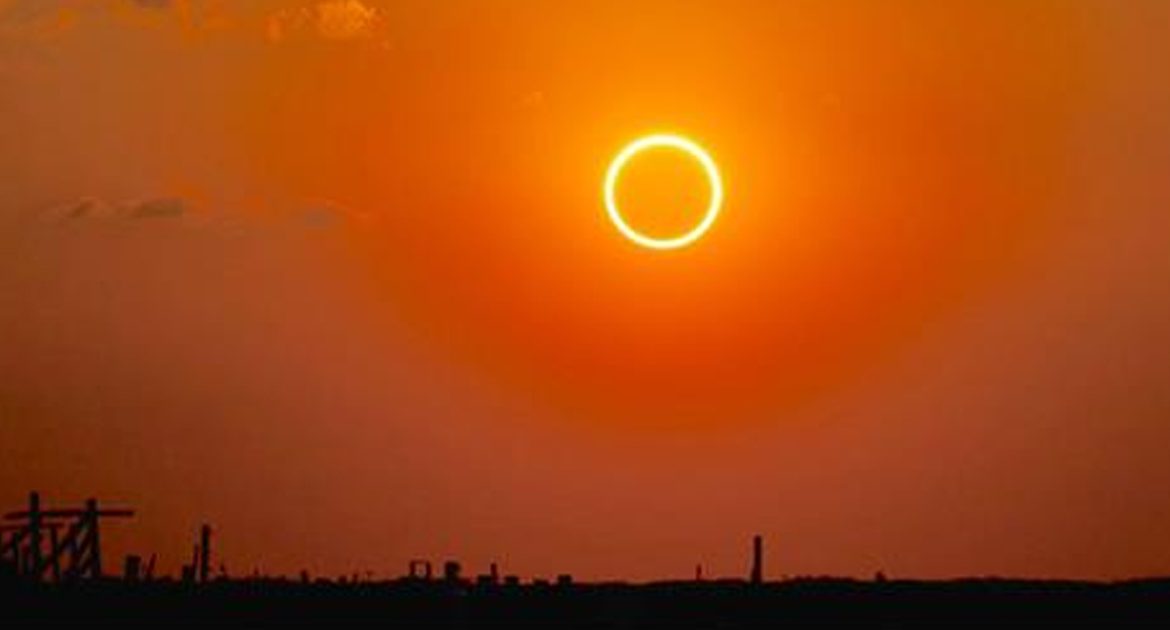On August 21, 2017, the United States will be treated to the view of a total solar eclipse.
It’s been quite a while since we’ve been lucky enough to be in just the right spot along the moon and sun’s orbit to get a glimpse of the stunning celestial event. Those who happen to be living or traveling to the states in the path of totality (the moment the sun appears completely overshadowed by the moon) will be in for quite a show.
But how much do you really know about the breathtaking moment the sun is blocked by the moon? For instance, I had no clue it would affect the temperature so drastically until reading up on #5.
Plus, anyone planning to view the event needs to know all of the proper safety precautions. Otherwise, they might end up seriously injuring their eyes.
Take a look and be sure to Liked Video the information with your friends on Facebook before the total solar eclipse makes its way in the sky!
1. This Is The First U.S. Total Eclipse In Nearly 40 Years
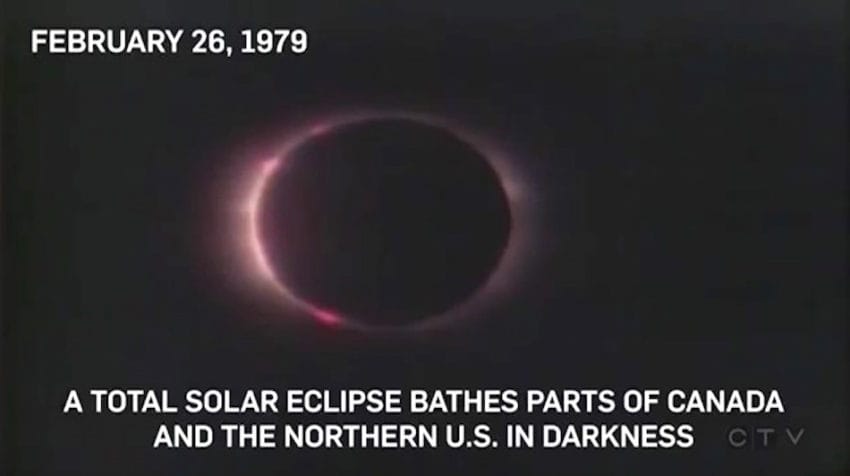
The last total eclipse viewable in North America occurred back on February 26, 1979, according to NASA.
Its path passed through Washington, Oregon, Idaho, Montana, and North Dakota in the US, as well as Saskatchewan, Manitoba, Ontario, and Quebec in Canada.
2. You Need Special Glasses To View It Safely
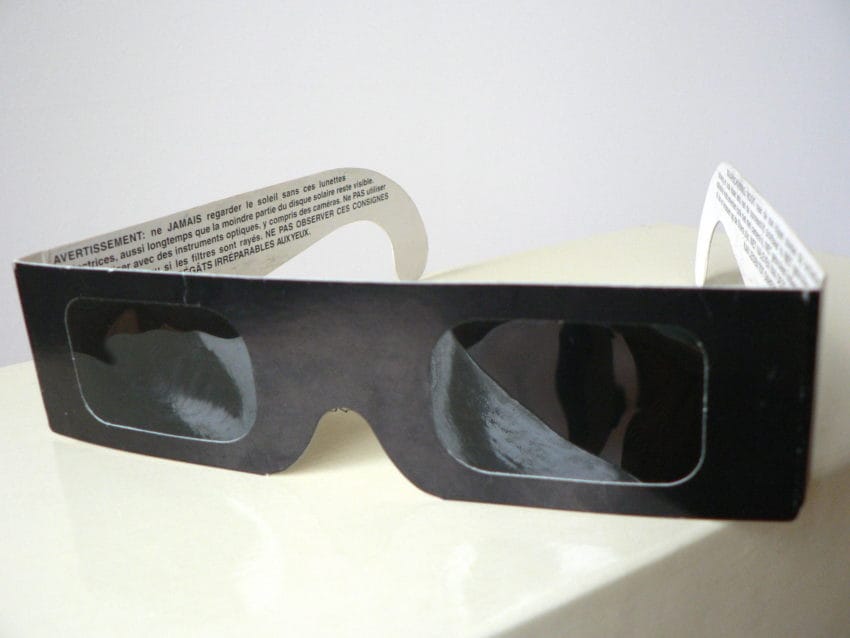
The experts at NASA emphasize how important it is to never look directly at the sun.
They recommend four brands of eclipse glasses for safe viewing: Rainbow Symphony, American Paper Optics, Thousand Oaks Optical, and TSE 17.
You absolutely should not attempt to use regular sunglasses for viewing.
3. You Can Only See The Total Eclipse If You’re Along Its Path
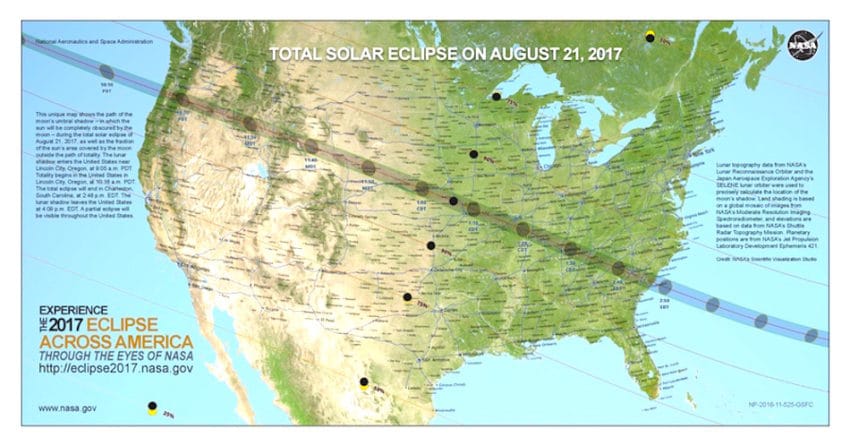
Known as the “path of totality,” the 2017 solar eclipse will make its way through a 70-mile stretch across the United States.
Folks living or traveling through these states will have the best view: Oregon, Idaho, Wyoming, Nebraska, Kansas, Missouri, Illinois, Kentucky, Tennessee, Georgia, North Carolina, and South Carolina.
Totality will begin at 10:19 a.m. around Madras, Oregon, and end at 2:44 p.m. around Columbia, South Carolina.
4. It Will Only Be Viewable For A Few Minutes
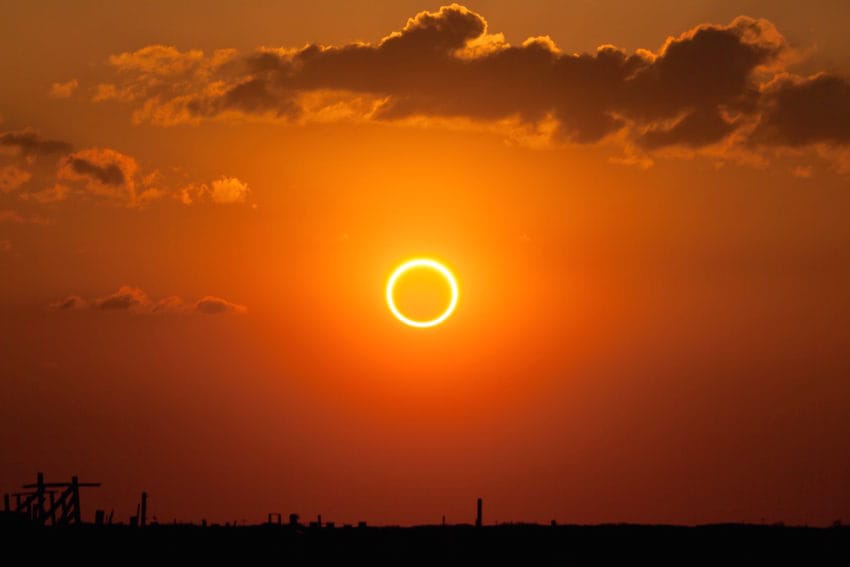
Those along the path of the eclipse will be able to observe the moon completely dwarfing the sun (again, this is the totality) for about two minutes and 40 seconds.
Those who are along the edge of the path might only have a few seconds.
This is also the moment you can remove the glasses to look at the totality unshaded. It is also important to be very, very careful when observing as it shifts away from the sun. At that point, put your glasses back on or else risk serious injury to your eyes.
5. The Temperature Will Drop Drastically During The Eclipse
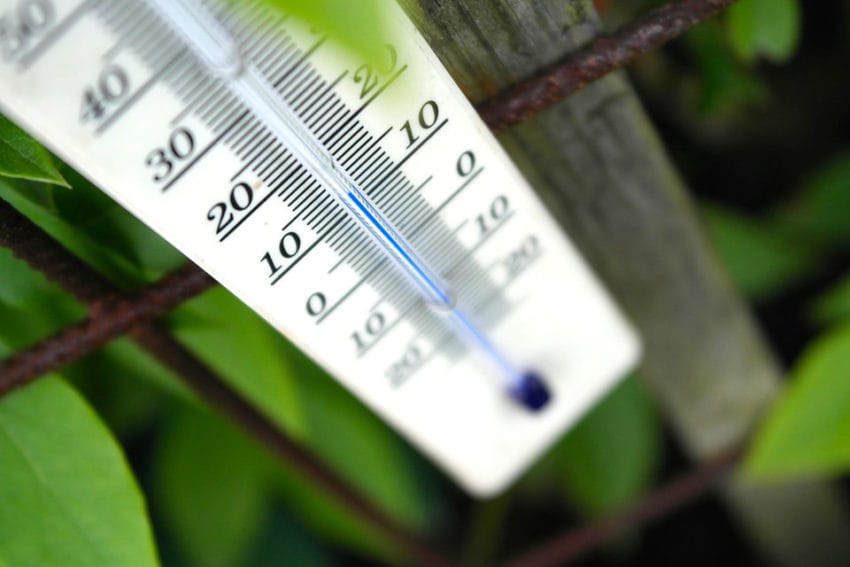
Space.com cites a whopping 28-degree drop (from 78 degrees to 50 degrees) back during the eclipse seen on December 9, 1834.
Rick Fienberg, a spokesperson for the American Astronomical Society, predicts that there will only be a 10-degree drop during the 2017 event. That’s still a pretty noticeable difference for viewers, though.
6. It Will Produce Quite A Show For Skywatchers
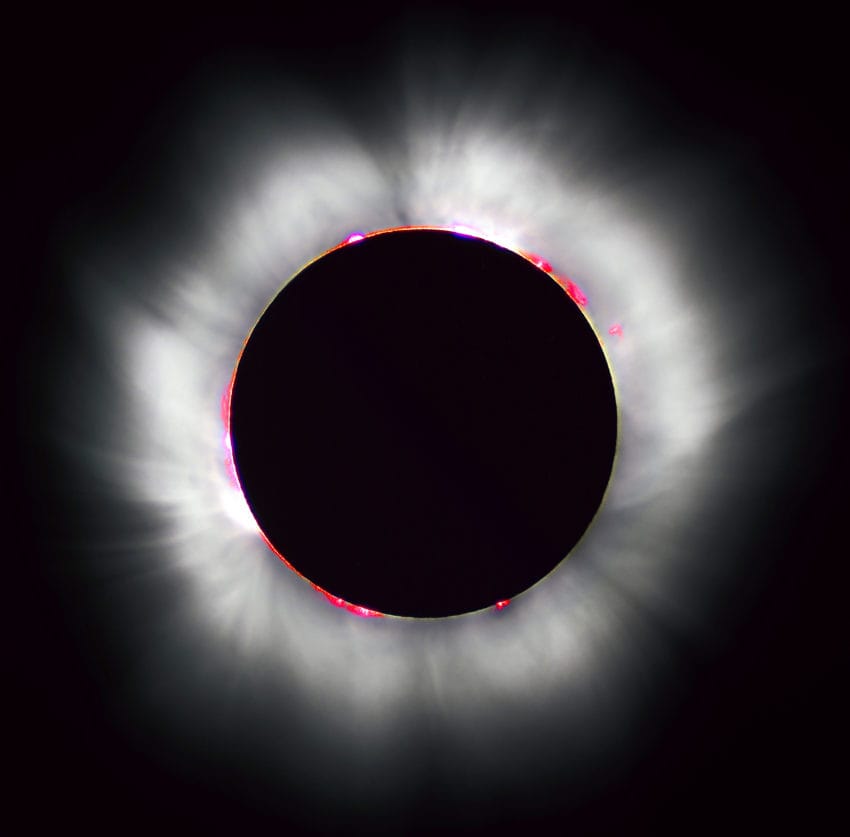
If you’ve never seen a total eclipse before, you might assume that it’s just a lot of shade and a black spot in the sky where the sun should be.
In reality, those lucky enough to be on the path will have views of jets and ribbons of light swirling around in a breathtaking display.
According to Space.com’s conversation with Rick, the celestial show has been known to bring people to tears.
7. It Will Be Very Difficult To Get A Photo
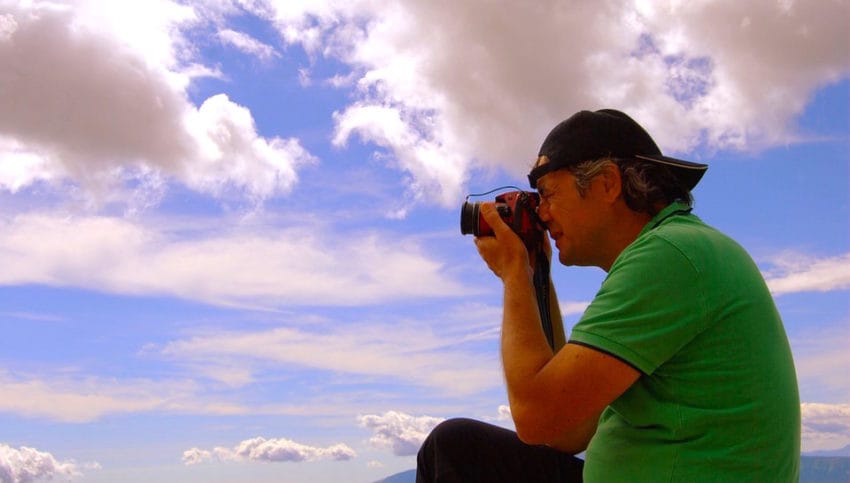
Unless you’ve studied the exact art of eclipse photography, chances are you won’t be able to snap a decent pic in the short time span.
Eclipse 2017 explains how professional photographers like Miloslav Druckmüller, whom they’ve deemed the “undisputed king” of eclipse photography, snaps hundreds of photos in the few minutes an eclipse occurs. It then takes hundreds of hours to fine tune the shots into an undeniably stunning result.
So, you’re probably better off just enjoying the moment and savoring the memory.
8. You Can Still See Part Of It Outside Of The Totality Path
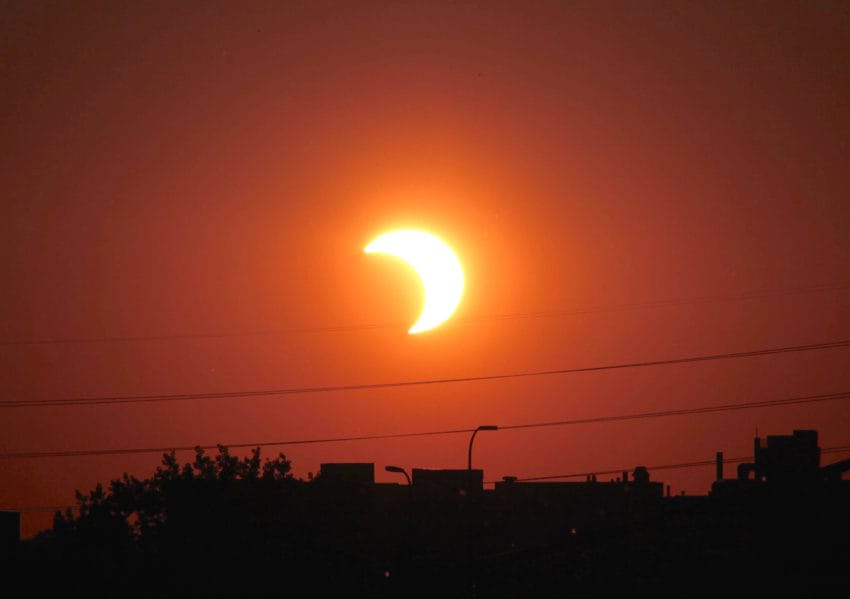
The entire United State and parts of Canada, South America, Africa, and Europe will be able to glimpse at least a partial view of the eclipse as it makes its way around the globe.
It might not be quite as fantastic a view as witnessing the totality, but it will still be pretty darn cool.
9. The Next One Won’t Appear Until 2024
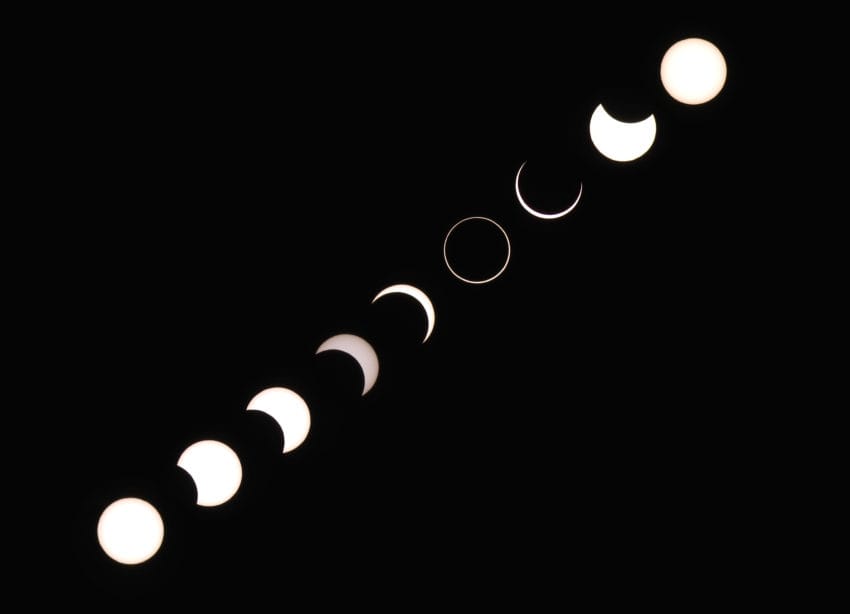
If you’re not on the path for this year’s total eclipse, you can try to catch the next one on April 8, 2024, when it makes its way from Texas up to Maine.
Please Liked Video these important facts about the upcoming eclipse with friends and family!
